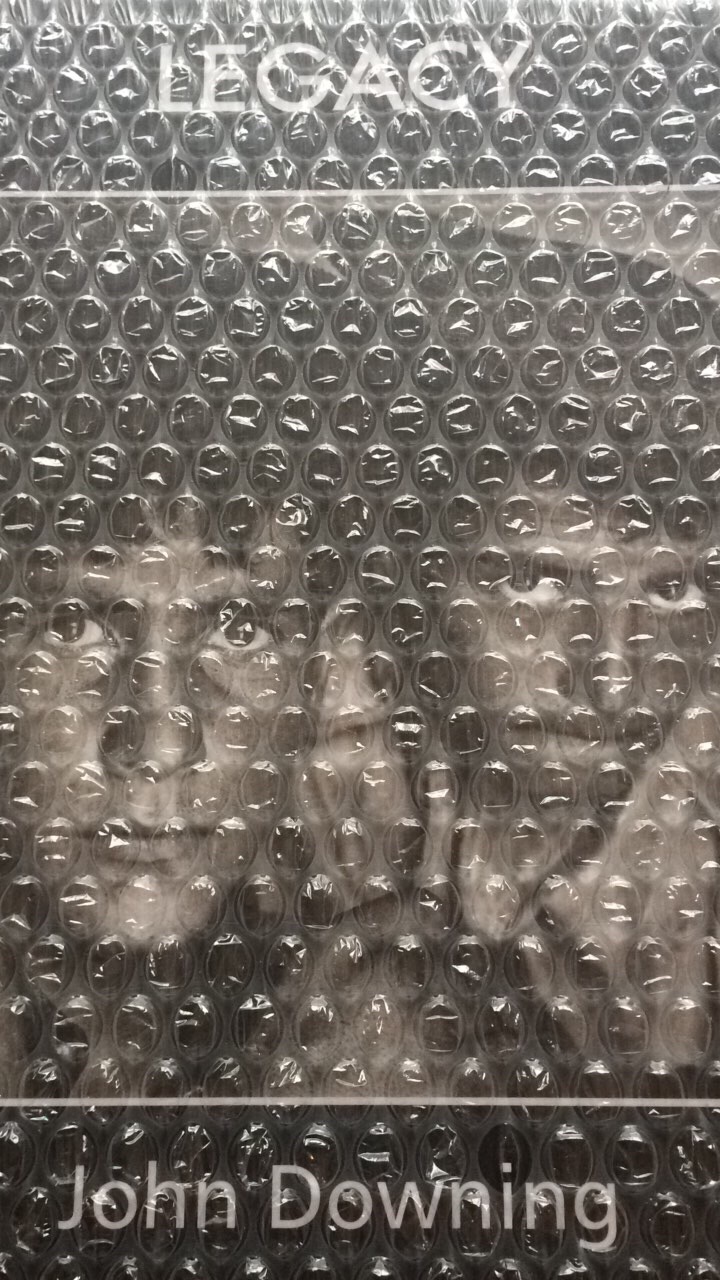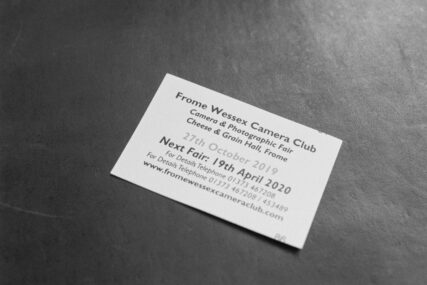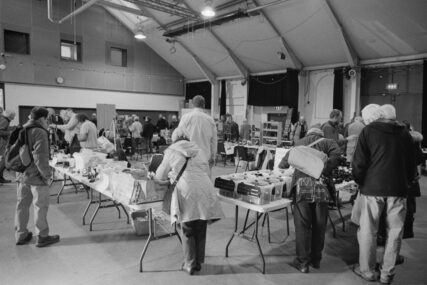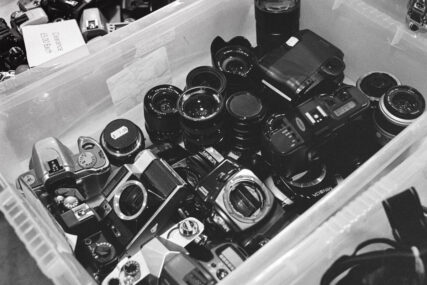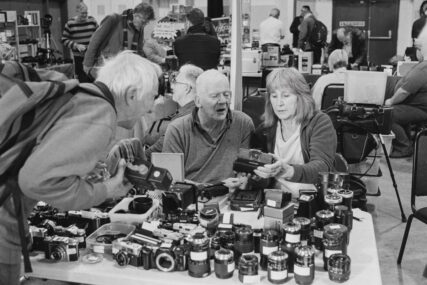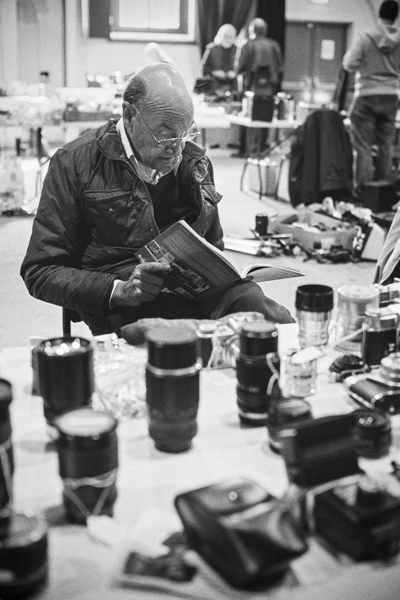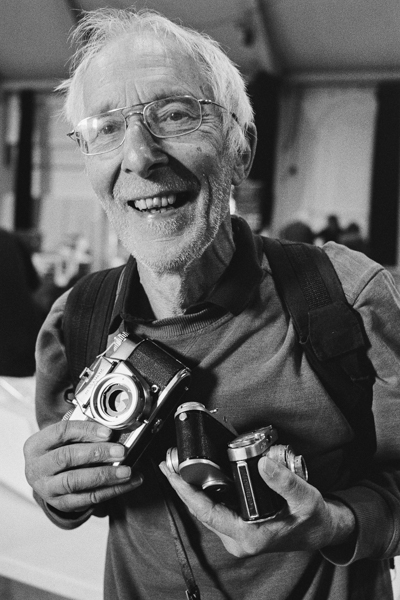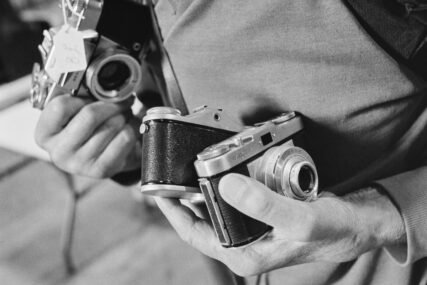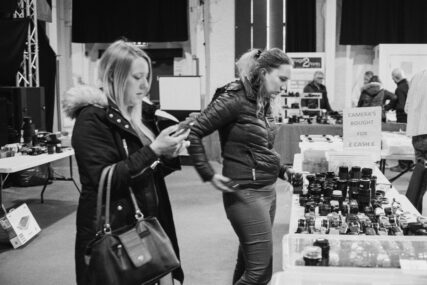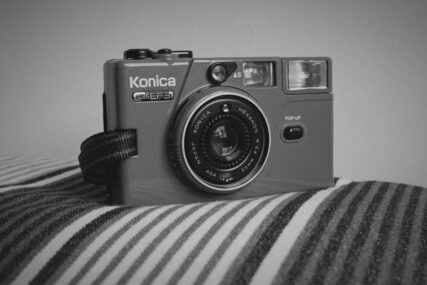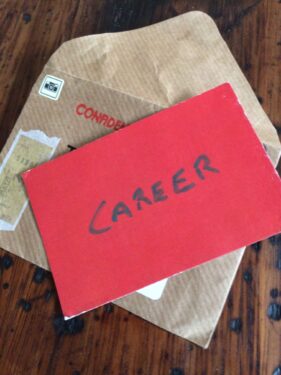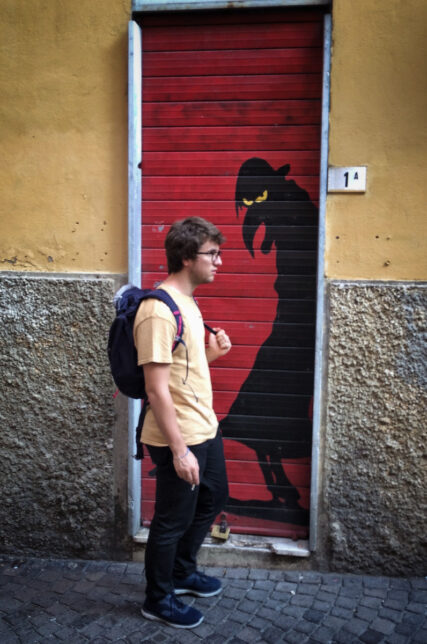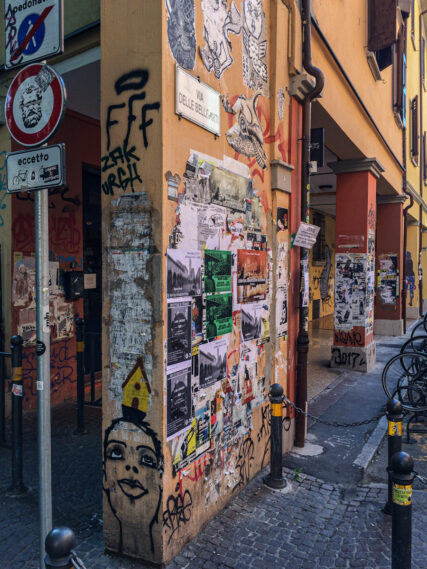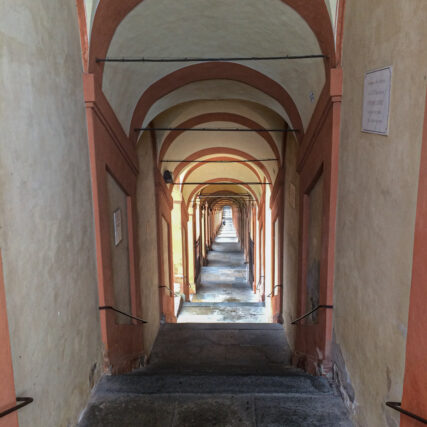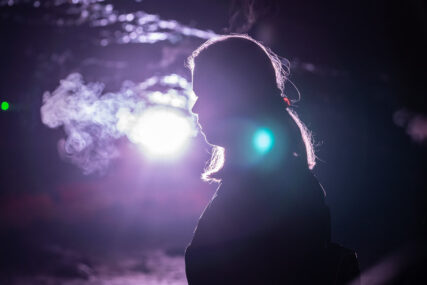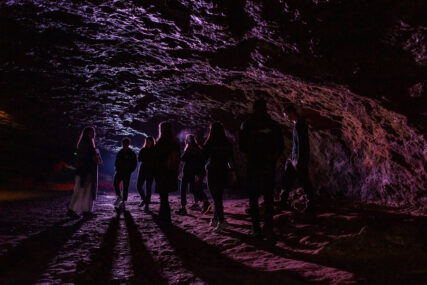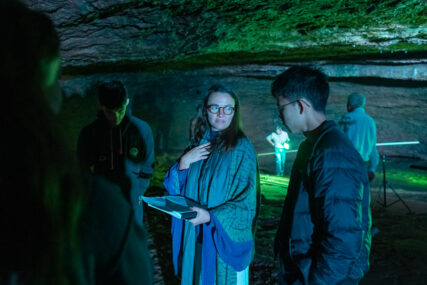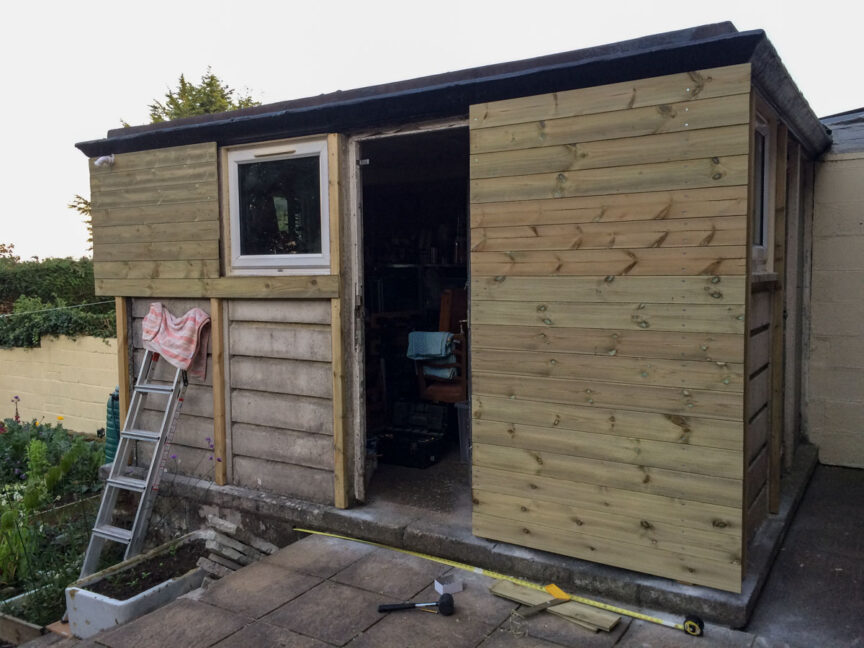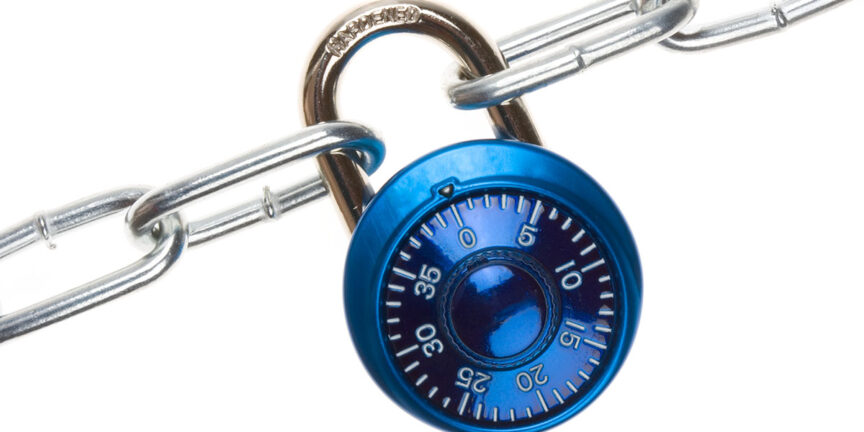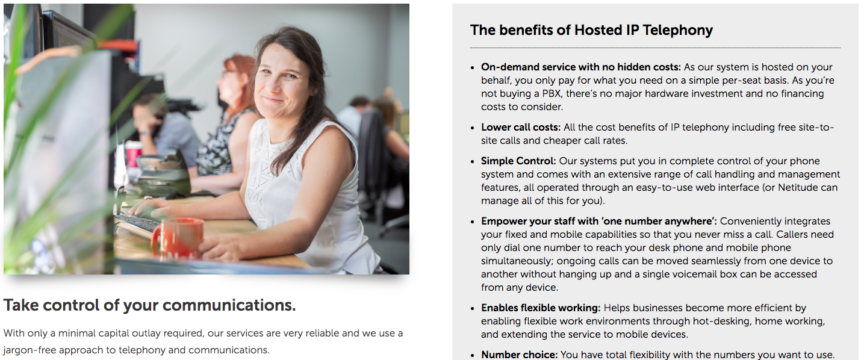This article is apropos of absolutely nothing to do with photography, but it’s an idea I’ve been thinking of committing to words for some time now.
If you’re a driver, or interested in technology, or the environment, you might find this an interesting read. You’ll be the judge. I warn you though, it’s not a short piece, so get the coffee and biscuits ready. Maybe a sleeping bag too.
Unless you’ve been living under a rock or in a cave for the last few decades you’ll know that the environment is under pressure as never before, and that if we do nothing to address this we will all end up living under rocks or in caves.
We know our driving habits are just one aspect of modern life which needs to change. While the bogeyman du jour is diesel, petrol cars are at least as bad for the environment and simply replacing our diesel/petrol cars with electric isn’t going to solve the issue of energy consumption. It might push pollution out of our towns and cities, but it’ll still be a major factor in climate change.
What the environment needs is a massive shift in how we own and use cars and how we travel.
Most people seem to be of the view that the future lies in simply switching from one form of propulsion to another, that whatever car they have now, they will one day switch to an electric version of it and this will solve everything, but this simply isn’t radical enough. It doesn’t look far enough ahead and as I’ve already said, it doesn’t address the fundamental issues affecting the environment or climate change.
I won’t go into too much detail about why this simple switch isn’t enough, we already know the problems caused by battery production, electricity generation, life-span maintenance and eventual disposal. Instead I want to focus on how radically our private transport solutions will change in order to make an effective impact on the health of our planet.
Ok, so we know we need to make fewer journeys by car, and we need to make those journeys more effective, so how about if we start from scratch? I mean literally from a point where nobody owns a car?
That’s not such a radical idea. Figures for 2016 show 86% of new cars were bought under personal contract purchase (PCP) agreements. In other words, only 14% of drivers owned the (new) cars they paid for. The rest had them on plans under which the car was effectively owned by the dealership.
That’s the first step towards a new way of motoring. How about taking it a step further, and instead of motorists paying hundreds of £s a month for a car they don’t own, they pay for a contract plan which allows them to use the car they need, when they need it, without ever keeping the same car from one journey to the next?
That’s a taxi isn’t it? Well no it isn’t, at least not in the way I’m thinking.
Here’s the next piece of the jigsaw puzzle: We all know about driverless vehicles (DVs), but at the moment they seem like space-age technology and we’ll never live long enough to see them in common use. You know, like computers were never going to be widely owned. Or “radio telephones”. Believe me, just like those old technologies which we assumed would never hit the mass market, DVs will be everywhere before we know it.
What you probably currently think though is that one day you might own an electrically-powered DV. Actually, I don’t believe you will. Ok, some of you will own one because you don’t have the imagination to see a life where you don’t keep a car you chose personally in front of your house, but you’ll probably be a minority with money to waste on things you don’t need.
So how does this utopian dream work?
Let’s say you need a car to get to work. This might be a regular commute, or (like me) an irregular commute at irregular times and almost always to a different location. It actually doesn’t matter because the electric DV (let’s call them EDVs) will pick you up according to your schedule requirements and take you wherever you need to go. It’s still sounding like a driverless taxi, but stay with me.
Unlike a taxi, there will be a few fundamental differences; as I say, there won’t be a driver, but also the car will be exactly the right size for your requirements and if your requirements change, a more suitable vehicle will be along in a just a minute to take you to your next destination.
Let me elaborate: You book the car you need using an app. If it’s just you commuting, you book a 1-seater car. If a few people need a car on the same route at the same time, the app will offer to send a larger share car for a discount. You take your pick.
Let’s say you get to your initial destination and decide you need a larger vehicle – maybe you need one which carries more people, or one which ‘could’ carry more people, but you need to flatten the seats to take a long load, well just get on the app and within minutes of booking, a replacement EDV will come along. The first EDV you booked will go off to the next person who needs it.
One of the problems with owning a car is that it’s often the wrong shape or size for what you need. Most of us drive around with 4 or 5 empty seats in our cars, but with the scheme I’ve outlined above, we could save car space, energy and road space by only driving a car of the size we need for any specific journey.
Indeed the shapes of cars in a driverless, fully-electric world could be very radically different. How about just one rear-facing seat? Or a circular cabin for 4 or 6 people? For long journeys, what about a car you can bed down and sleep in?
In a properly driverless world, cars which can’t crash can be designed in a much wider variety of shapes. They can be made from much lighter materials because they won’t need crumple zones or side impact protection bars. The full range of possibilities is beyond imagination right now.
Also in this wonderful future you are freed from loan plans, fuel costs, servicing, MoTs, insurance, or having to spend weekends washing a car which is rapidly depreciating outside your house.
And that’s another thing; as a percentage of the time you own a car, how much of that time does it spend idle outside your house, your place of work, or even at the shops? I can’t calculate an accurate figure, but for most of us it’s got to be around 75% or more unless you’re sharing your car with someone else who drives it at night when you’re asleep.
That’s a ridiculous amount of time to have something you’re paying several hundred £s a month for just to be sitting around doing nothing. I hear business people and politicians banging on about efficiency, well where’s the efficiency in that?
So an EDV you don’t own will be more efficient, because the minute you no longer need it, it can go and be useful to someone else. Even at night.
Now imagine if most of us switched to “communal” EDVs and got rid of our cars. Suddenly the number of vehicles cluttering up our kerbsides, drives and car parks would reduce massively. There would be the occasional EDV, but we’d see our streets again. We could re-shape them, plant them up, re-plan one-way streets to make the most of what we have.
Our streets would be safer for pedestrians and cyclists too. In fact, more people would choose to walk and cycle precisely because it would be safer to do so, and because the air would be sweeter to breathe.
Returning to the question of the environment, ask yourself which would be better: Millions of electric cars being built to replace the cars we own as individuals, or EDVs only being manufactured in numbers sufficient to meet real need? If not everyone is driving all the time (and no one is), we only need sufficient vehicles to service the journeys actually made, not to have them sitting doing nothing.
The savings in steel, alloys, plastics, glass, batteries and so on would be enormous, as would the savings in energy because EDVs would only be charged when they needed it. I bet a lot of electric vehicle owners find themselves having to top-up charge simply because the car has been sitting idle for long periods between journeys.
Of course all this will require a great deal of re-adjustment in individual thinking. We’d all have to give up the desire to own our cars. Some of us would already do this gladly, if given the opportunity, but I suspect there are many who still believe that the environment is someone else’s problem and they will cling to car ownership for as long as legislation allows them to. For the rest of us I imagine a very sudden switch from ownership to contract plan fuelled by the biggest scrappage scheme ever undertaken.
There will always be classic cars which people will want to keep (those Maestros and Cavaliers with their nostalgic tug back to the 1980s…) and I get that, but they’ll be such a minority that their environmental impact will become minimal. And eventually, once fuel becomes too scarce or expensive, they’ll eventually be permanently garaged; preserved in aspic or gently rotting away.
Likewise there will be every specialist vehicle from ambulances to ice cream vans for which a shared EDV equivalent won’t exist. Again, these are a minority on our roads, so losing everything except them will still mean a great environmental gain.
There would of course be great societal upheavals too. Taxi drivers would be a thing of the past. Traditional car mechanics will have a dwindling trade. We won’t need as many car parks. There will be economic impacts I can’t even begin to imagine, but as ever, this won’t stop progress.
My hope is that this might be one form of progress which, rather than crushing all that went before with no tangible benefit to mainstream society, will bring benefits to far more people as well as the environment itself.
One thing is for sure though; just replacing what we do now with a slightly shinier version which runs on a battery isn’t going to solve the issues we face. We’re going to have to think far more radically than that, and we’re going to have to be quick about it too. The question is, do we have the imagination and the will, and can we do it before it’s too late?

